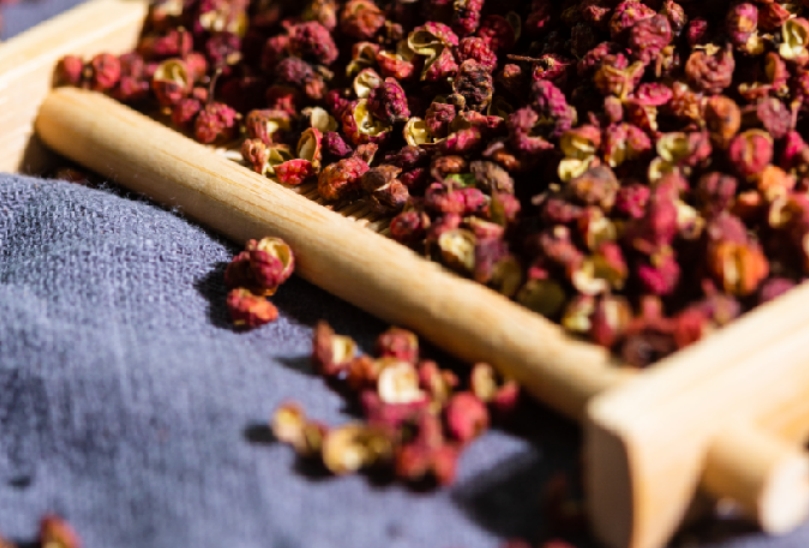The content and composition of volatile oils in peppercorn determine its rich aroma and are one of the primary criteria for evaluating its quality.
There are notable differences in the content and composition of volatile components in peppercorn from various origins and species, contributing to the unique flavors of peppercorn from different regions and forming a sensory memory spanning through time.
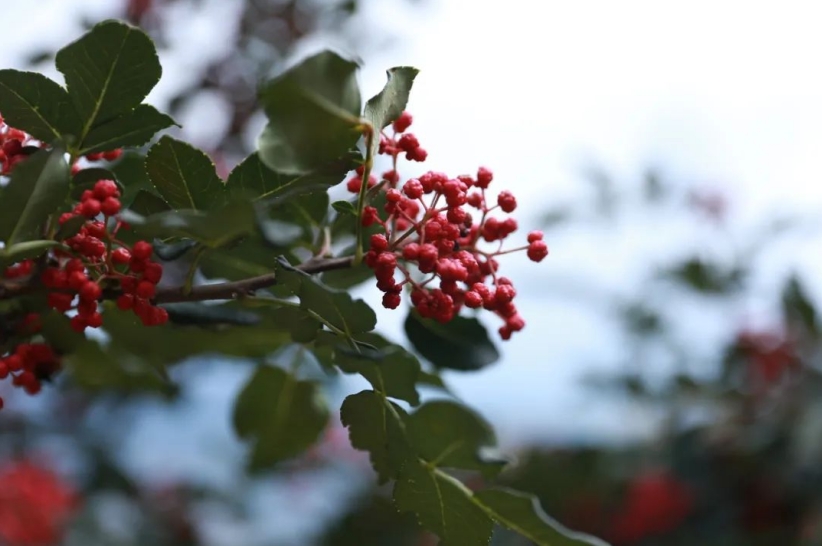
01. Volatile Components in Peppercorn
Studies have shown that the volatile components in peppercorn are complex and diverse, mainly classified into terpenes, alcohols, esters, aldehydes, ketones, alkanes, and acids. These components are secondary metabolites formed during the growth of peppercorn, and any changes in external factors such as climate and soil can lead to variations in their composition.
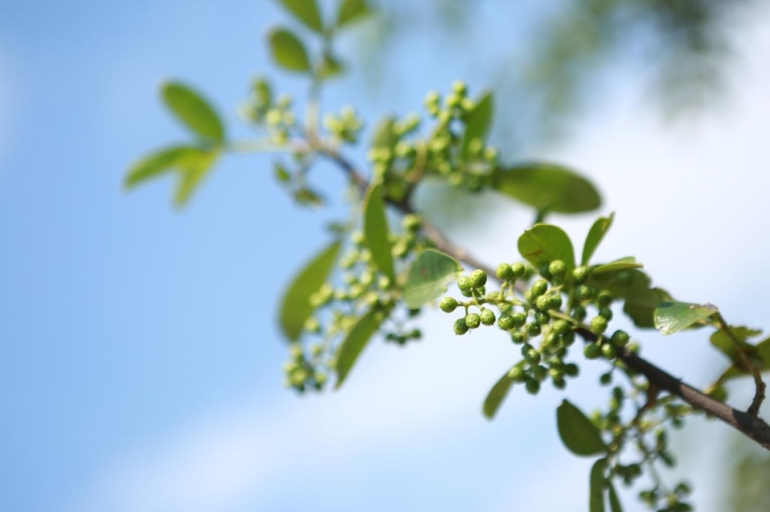
Regarding green peppercorn and red peppercorn, significant differences exist in their volatile component composition. Green peppercorn contains over 145 volatile components, with terpenes and alcohols accounting for over 99% of the total. Among these, alcohols are the most abundant. In contrast, red peppercorn contains over 126 volatile components, with terpenes, alcohols, and esters accounting for over 98% of the total. In red peppercorn, terpenes are the most abundant, followed by a higher content of esters compared to green peppercorn.
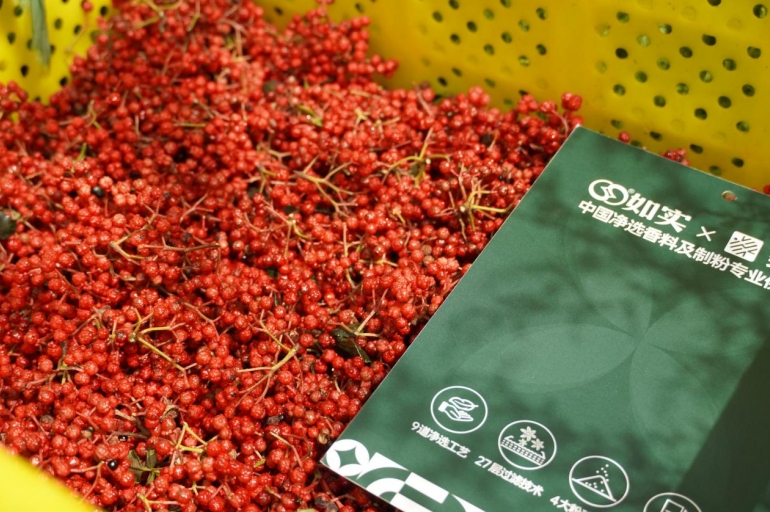
02. Key Flavor Components in Peppercorn
Although there are numerous volatile components in peppercorn, only a few contribute significantly to its flavor, known as the key flavor components. The extent of their contribution to flavor is related to their sensory threshold (the minimum concentration detectable by the nose, typically measured in μg/kg) and their relative content. If a component has a high relative content and a low threshold, its contribution to flavor is significant.
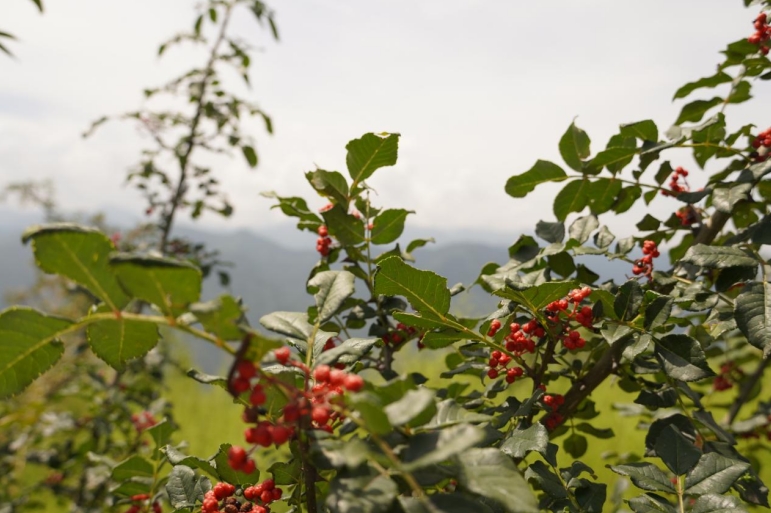
For green peppercorn, the key flavor components include linalool, decanal, d-limonene, geranyl acetate, 1-caryophyllene, α-copaene, methyl isobutyrate, citronellal, and geranyl isobutyrate, with linalool, decanal, and d-limonene being the most critical.
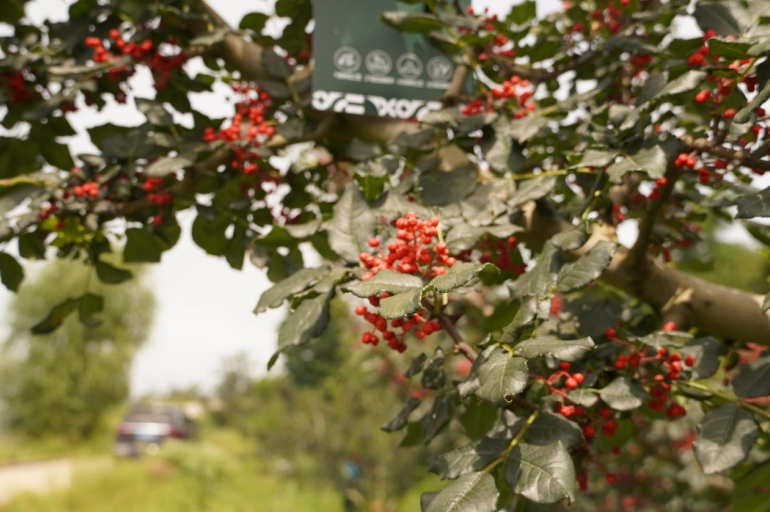
In red peppercorn, the key flavor components are linalool, geranyl acetate, d-limonene, β-pinene, limonene, α-copaene, zingiberene, 1-caryophyllene, α-terpineol, (R)-(+)-citronellal, terpinolene, and L-α-terpineol, with linalool, geranyl acetate, d-limonene, β-pinene, and limonene being the most essential.
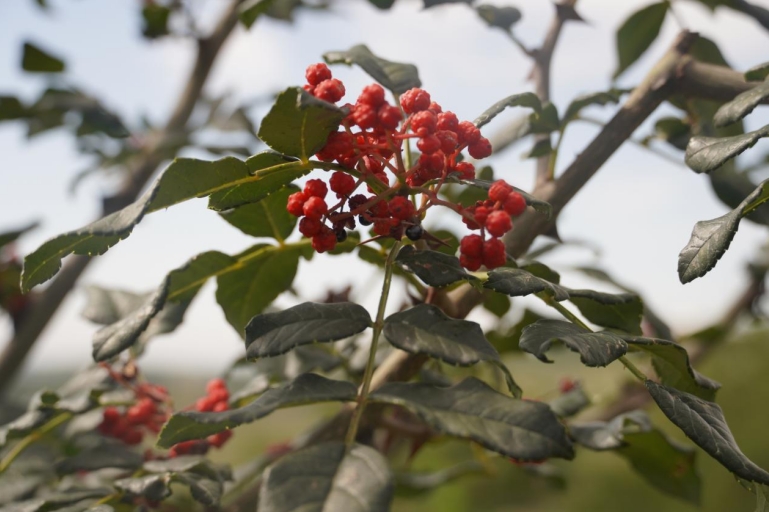
03. Main Volatile Components and Flavors of Different Peppercorn Varieties
Significant variations exist in the content and composition of volatile components in peppercorn from various origins and species. While experienced individuals can differentiate them through olfactory senses, accurate differentiation requires methods such as gas chromatography (GC), gas chromatography-mass spectrometry (GC-MS), and electronic noses. Based on research findings and practical experience, peppercorn can be broadly classified into the following flavors:
Alcohol Aroma Type: Represented by peppercorn from Maoxian, Sichuan, Longnan (Wudu), Tianshui, Gansu, with terpene content ranging from 44% to 55%, alcohol content from 30% to 40%, and ester content from 12% to 15%, similar to the aroma of grapefruit peel.
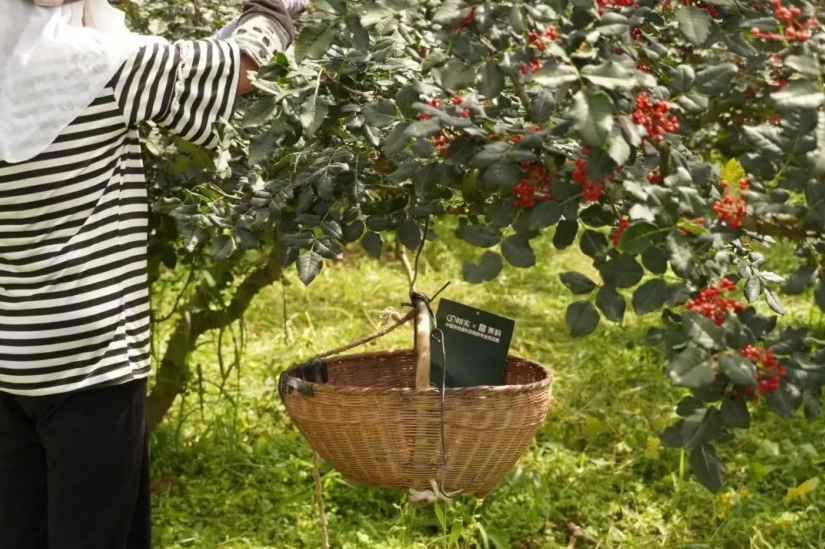
Citrus Aroma Type: Represented by peppercorn from Ganzi Prefecture, Liangshan Prefecture, and Hanyuan County, Ya'an City, Sichuan, with terpene content ranging from 60% to 70%, alcohol content from 20% to 25%, and ester content from 8% to 10%, resembling the aroma of citrus peel.
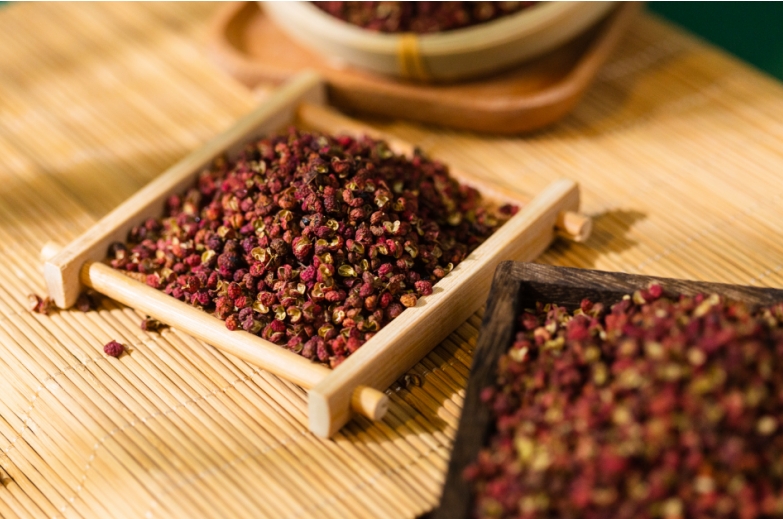
Light Aroma Type: Represented by arborvitae pepper and green peppercorn from Sichuan, Yunnan, and Chongqing, with terpene content ranging from 25% to 40%, alcohol content from 60% to 70%, and low ester content, akin to the aroma of lemon.
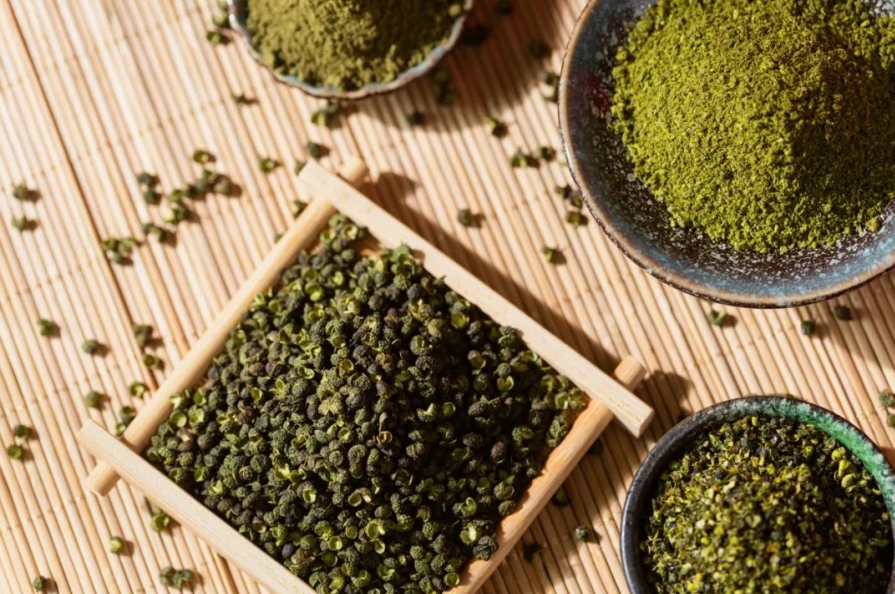
Strong Aroma Type: Represented by peppercorn from Hancheng, Shaanxi, Shanxi, and Henan, with terpene content ranging from 75% to 80%, alcohol content from 15% to 20%, and ester content from 2% to 5%. The lower ester content and significantly higher terpene content distinguish this type from other red peppercorn varieties.
